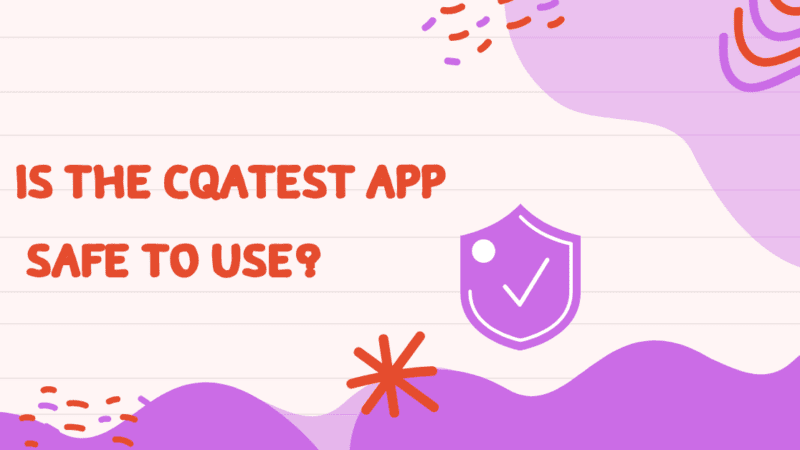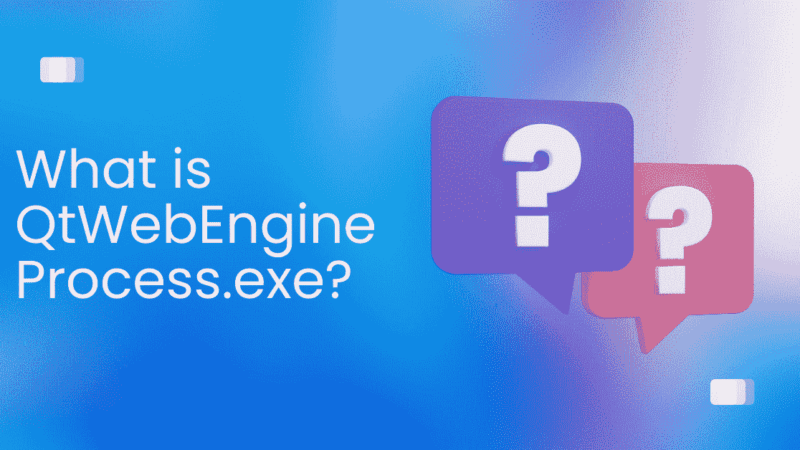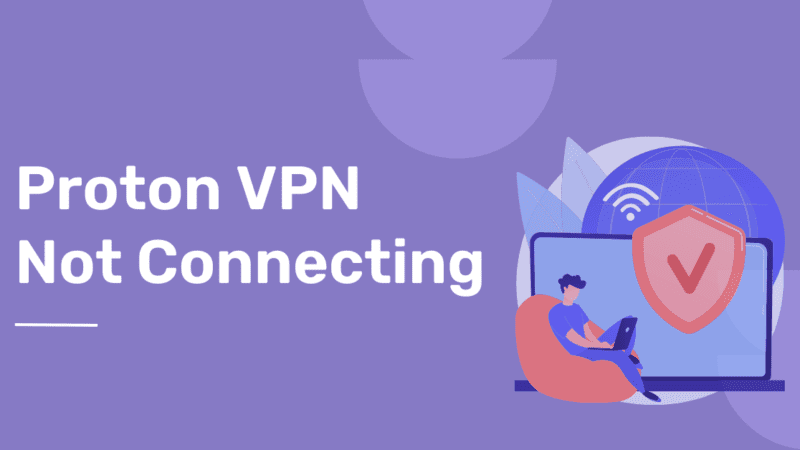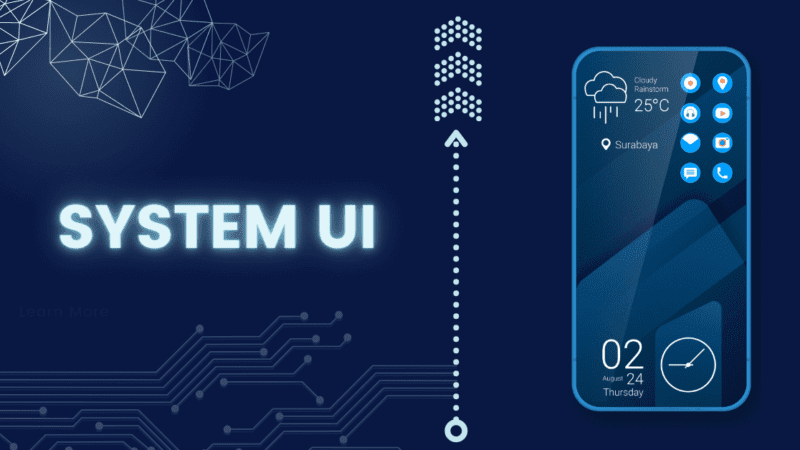What is Data Ingestion? – Types of Data Ingestion
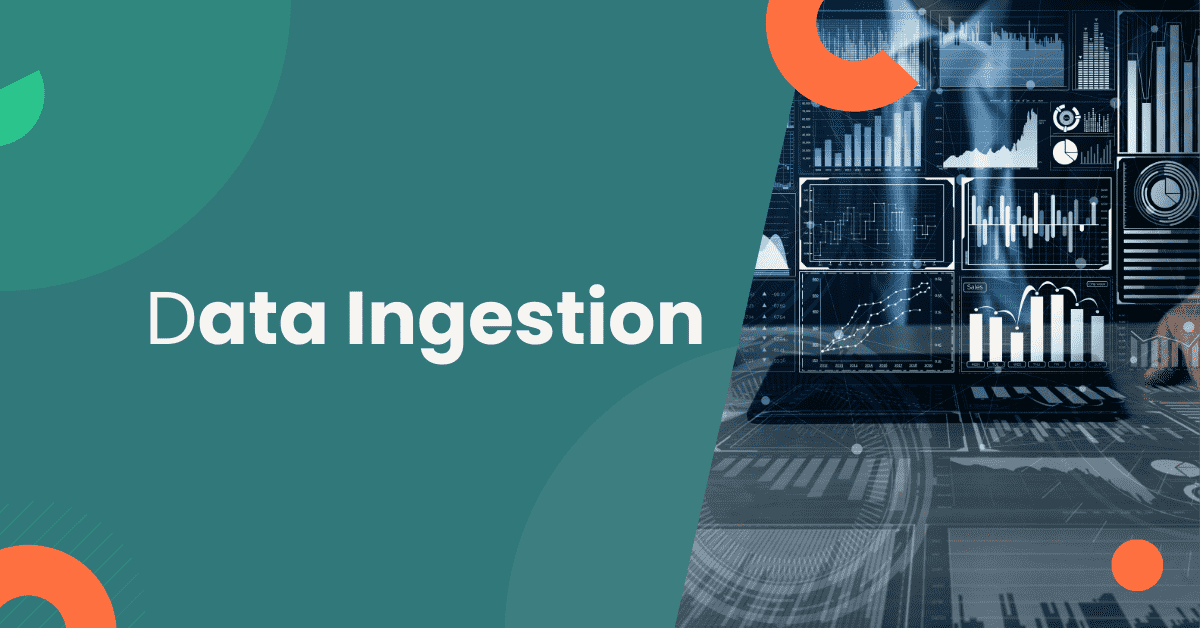
In today’s society, where every person has at least one smartphone, laptop, smartwatch, and many smart devices, we produce a lot of data in daily actions that seem insignificant to us. As a result, you’re undoubtedly contributing to big data.
Big Data typically refers to vast amounts of data that are processed quickly and in various ways, which are difficult or impossible to evaluate using conventional technologies.
What is Data Ingestion?
Data Ingestion is the initial layer of the significant data architecture. It collects data from different sources, including IoT devices, databases, and various apps, and puts it in a target data warehouse. This part of the process is crucial because it allows for an understanding of the data’s magnitude and complexity, which will impact the architecture and all future decisions.
Setting priorities for the data sources is the first step in a successful data ingestion process. Data items must be directed to the appropriate destinations after each file has been approved individually.
[Read more: What is Stealth VPN Protocol and How Does it Work?]
Why Do We Need a Data Ingestion Layer?
Data Ingestion is a crucial part of the process because it allows for an understanding of the data’s magnitude and complexity, which will impact the architecture and overall future decisions.
Data Ingestion is a quality data input procedure; diverse forms of data can be united into a single set that is simple to read and manipulate using statistics. It saves time and money using a data ingestion method rather than having engineers waste time trying to gather the data they need to develop effectively. All users will have access to the data, including data scientists, BI analysts, managers, and anybody else working for the firm.
Benefits of Data Ingestion
A successful data ingestion procedure offers numerous business advantages, such as:
- Large data volumes stored in raw form in the cloud make it easier to access them when needed.
- To analyze large amounts of data quickly and in real-time batches while also being able to timestamps during the ingestion process.
- Tools for data ingestion can process a wide variety of data formats and a sizable volume of unstructured data.
- A streamlined method of importing data with dozens of types and schemas, collected and cleaned from hundreds of sources, into a single, unified format.
- Businesses can utilize analytical tools to get valuable BI insights from several data source systems once data has been ingested.
- Data accessibility across the entire organization, across diverse functional areas and departments, with various data-centric needs.
- Reduced costs and saved time compared to manual data aggregation methods, especially if the solution is offered as a service.
[Read more: Can WiFi Provider See Your Browsing History – How to Hide it?]
Features of Data Ingestion Tools
Data ingestion tools have a variety of characteristics and capabilities, such as the following:
- Gathering – tools gather information from many applications, databases, and internet of things gadgets.
- Processing – prepares data for storage or usage by programs that require it immediately.
- Formatting – Numerous tools can manage structured, semi-structured, and unstructured data, among other varieties.
- Visualizing – Users may often visualize data flow through a system using ingestion tools.
- Security – Encryption and support for protocols HTTPS are among the security features that data ingestion technologies offer.
Data ingestion vs. ETL
ETL and data ingestion are similar processes with distinct objectives.
Data ingestion is a broad word that describes the various methods by which data is obtained and altered before being used or stored. It is the process of gathering information from multiple sources and getting it ready for use that calls for a specific format or level of quality.
The data sources used for data import are frequently unrelated to the target.
A more precise procedure for preparing data for data warehouses is called extract, transform, and load. When companies gather and extract data from one or more sources and change it for long-term archival in a data warehouse, this is known as ETL.
What Challenges Does Data Ingestion Face?
- Because of the variety and speed of the data, writing data ingestion processes can occasionally take time and effort. Many business units’ efforts to absorb data from the same sources could be duplicated. Integrating data from numerous distinct third-party sources into a single data pipeline can be challenging.
- There is a danger to the security of sensitive data when moving it from one location to another. Data is usually staged at various points in the data ingestion pipeline, increasing its exposure and making it more susceptible to security breaches.
- Businesses may need to upgrade their servers and storage systems as data quantities increase, raising the overall data input cost. Complying with data security rules also makes the process more complex and may increase the price of data import.
- During the process, the data’s reliability could be damaged, rendering it useless or, in the worst-case scenario, leading to wrong decisions based on false information.
[Read more: Deep Web vs Dark Web – 4 Key Differences You Should Know]
Types of Data Ingestion
Data ingestion can be done in one of three ways, and the choice depends on the requirements of the product. Organizations choose their model and data ingestion methods depending on the data sources they employ and how quickly they will need access to the data for analysis,
1. Real-Time Data Ingestion
We will choose this method when the data we are collecting is time-sensitive since it allows us to collect and analyze data from numerous data sources in real-time. This method is also known as streaming.
Data will move quickly in real-time scenarios; the solution must have a queue to prevent events from being lost. We need to extract, process, and save the data as quickly as possible.
2. Batching Data Ingestion
In this type of ingestion, data is transported from the data sources to the target in batches at predetermined times. When businesses need to acquire data every day, batch ingestion is helpful.
3. Micro Batching
It separates data into groups but only ingests tiny chunks at a time, making it better suited for applications that need streaming data. Streaming systems like Apache Spark Streaming use this kind of batch processing.
Conclusion
Data ingestion is not easy to describe in writing and can be very expensive to develop infrastructure and maintain over time. Yet, a well-written data ingestion process can assist a corporation in making decisions and enhancing business procedures.
Additionally, by using this technique, engineers and analysts may easily access various information sources and work with them.


